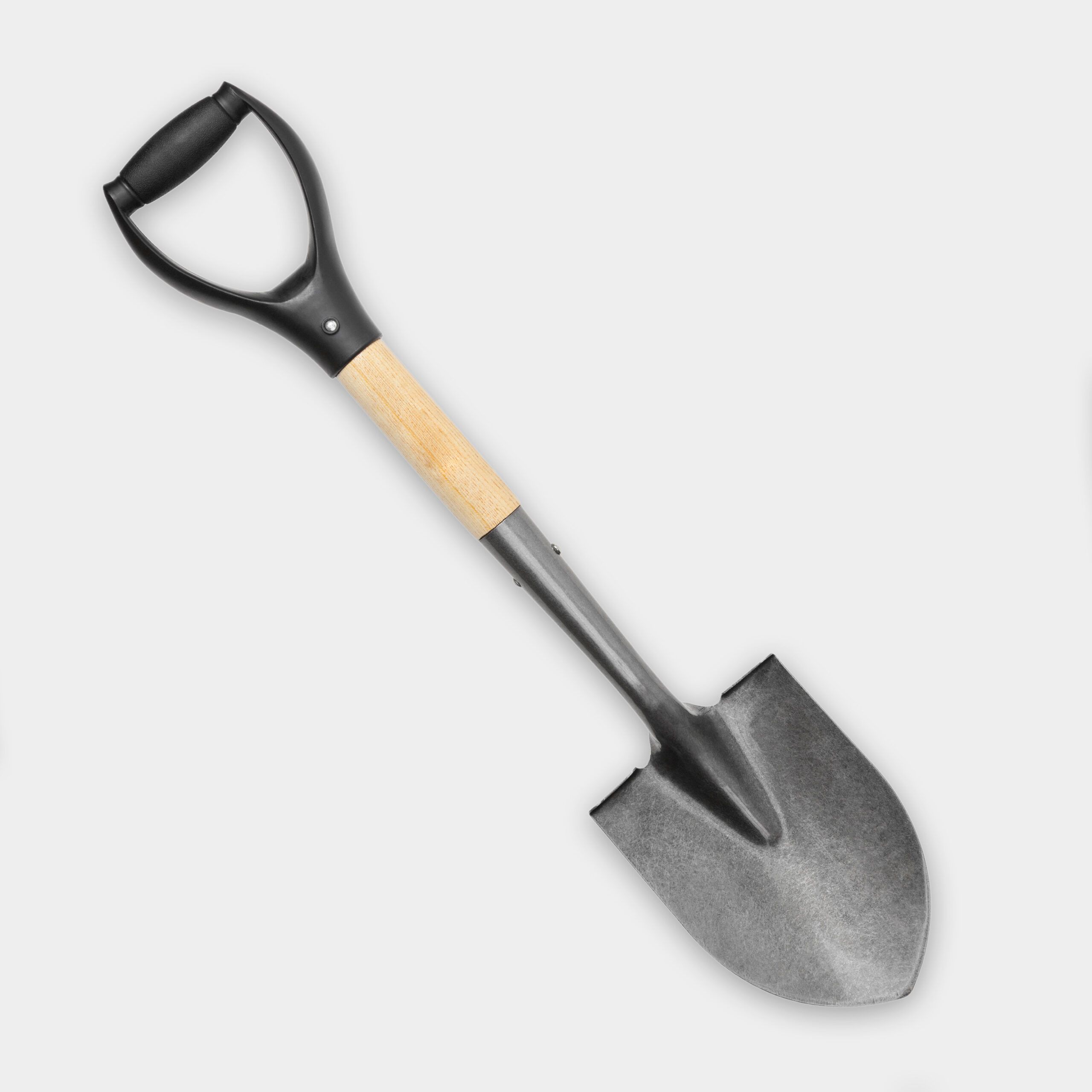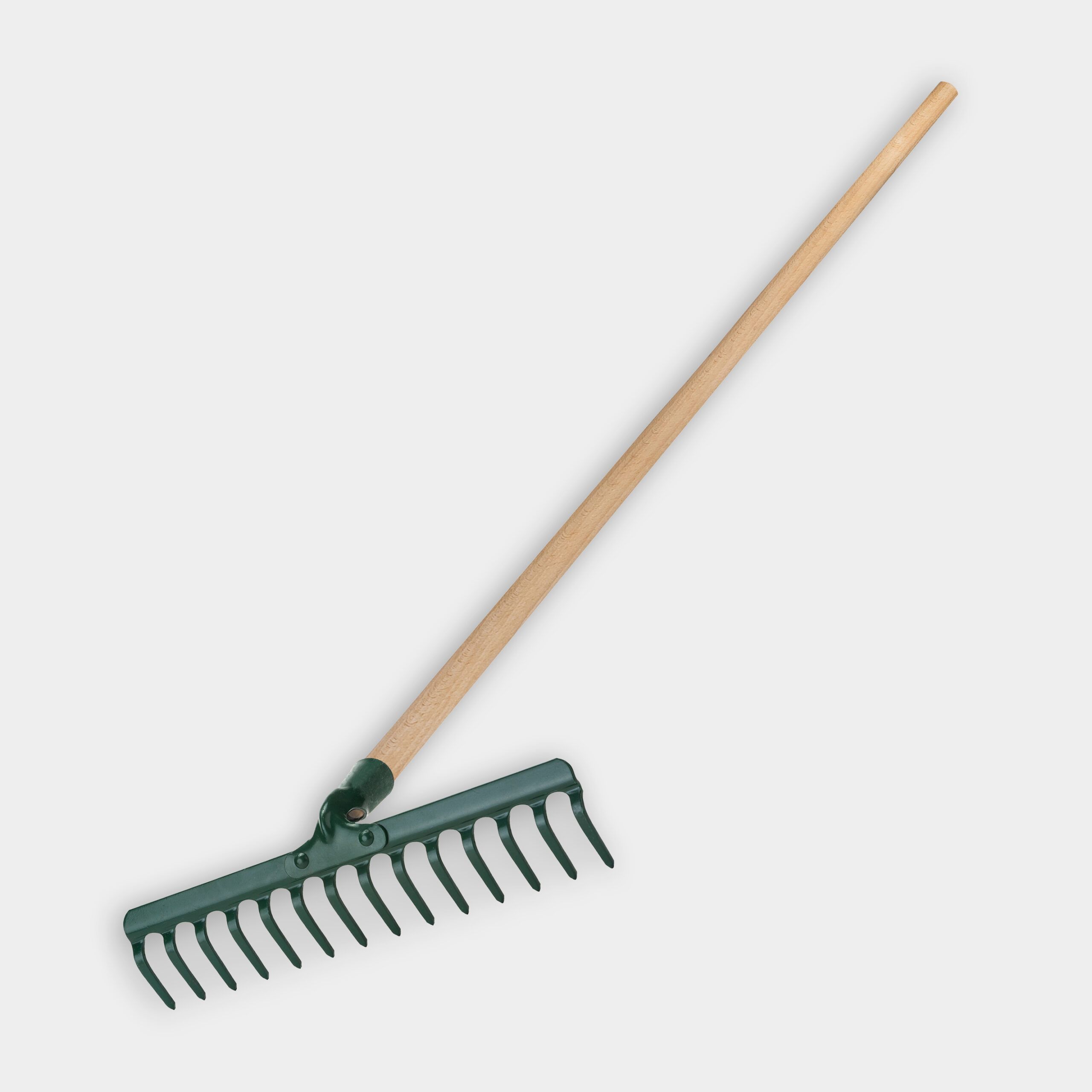We may be compensated if you purchase through links on our website. Our team is committed to delivering honest, objective, and independent reviews on home products and services.
Project details
Skill
Cost
Estimated Time
Unsightly utility boxes can be an eyesore in any landscape, but with some creative planting, you can effectively conceal them while maintaining their accessibility. This landscaping project not only improves the style of your property but also adds value by creating a more natural, cohesive outdoor space. In the video above, This Old House landscape contractor Roger Cook showcases how to use native plants to screen large utility boxes, creating a beautiful and functional solution.
Planning Your Screening Project
A well-thought-out plan leads to a successful screening of utility boxes. This involves selecting the right plants, determining the best layout, and preparing the site for planting. The following considerations address the specifics.
Choosing the Right Plants
When selecting plants to screen utility boxes, think about the following factors:
- Deer resistance: If deer are common in your area, choose plants that are less appealing to these animals.
- Growth habits: Select a mix of evergreen and deciduous shrubs to provide year-round coverage.
- Mature size: Opt for plants that won’t outgrow the space or interfere with the utility boxes when fully mature.
- Native species: Choose plants that are native to your area, as they are typically more resilient and require less maintenance.
Some excellent choices for screening include bayberry, viburnum, inkberry, and summersweet. These plants are not only native to many regions but also offer a variety of textures and seasonal interests. Additionally, native plants reduce the need for extensive watering and fertilization, making them an environmentally friendly option.
Creating a Natural Layout
To achieve a natural-looking screen, avoid planting shrubs in straight lines. Instead, arrange them in a curved or staggered pattern that mimics nature. This approach not only looks more visually pleasing but also provides better coverage from multiple angles. A natural layout can also assist in blending the screening plants with the existing landscape, making the utility boxes less noticeable.
Site Preparation
Proper site preparation leads to the success of your screening project. Follow these steps:
- Contact utility companies to mark underground lines.
- Create a gentle berm in front of the utility boxes using a mixture of topsoil and compost.
- Test the soil and amend it if necessary to achieve peak growing conditions for your chosen plants.
Tools
The only tools you need for this project are a shovel and a garden rake.
Step-by-Step Planting Process
With your plan in place and site prepared, you’re ready to start planting. Follow these steps to create an effective and attractive screen for your utility boxes:
- Arrange potted shrubs on the berm, experimenting with different layouts until you achieve a natural-looking design that effectively screens the utility boxes.
- Dig holes for each plant, making sure they are wide enough to accommodate the root balls comfortably.
- Remove each plant from its container and gently loosen the roots if they appear compacted.
- Place the plants in their holes, making sure the top of the root ball is level with or slightly above the surrounding soil.
- Backfill the holes with the soil mixture, firming it gently around the roots to eliminate air pockets.
- Water the newly planted shrubs thoroughly to help settle the soil and reduce transplant shock.
Mulching and Maintenance of Screening Plants
Proper mulching and ongoing maintenance are required for the health and effectiveness of your screening plants. Long-term care helps the plants remain healthy and effective in concealing the utility boxes.
Applying Mulch
After planting, apply a 2-inch layer of bark mulch around the base of the shrubs. This helps retain moisture, suppress weeds, and regulate soil temperature. Be careful not to pile mulch against the trunks of the plants, as this can lead to rot and other issues. Mulching is particularly important as it reduces evaporation, thus minimizing the amount of water needed for maintenance.
Watering Schedule
Establishing a consistent watering schedule is necessary for the first few weeks after planting. As Cook advises in the video, water the shrubs daily for the first two weeks, then every other day for the following two weeks. After this initial period, you can reduce watering frequency as the plants become established. Regular watering helps the plants adapt to their new environment and prevents stress.
Long-Term Care
To make sure your screening plants thrive and continue to effectively conceal the utility boxes:
- Fertilize annually with a balanced, slow-release fertilizer to promote healthy growth.
- Monitor for signs of pests or diseases and address any issues promptly.
- Prune shrubs as needed to maintain their shape and size.
- Refresh the mulch layer annually to maintain its benefits.
Consistent long-term care not only keeps the plants healthy but also check that the utility boxes remain well-concealed. Regular observation and maintenance will extend the life and health of your screening plants.
Improving Your Landscape Design
While the primary goal is to screen the utility boxes, this project also presents an opportunity to improve your overall landscape design. Think about how the addition of new elements can integrate with and improve the existing landscape.
Incorporating Additional Elements
Add complementary elements to create a more cohesive look:
- Create a small seating area nearby to take advantage of the newly beautified space.
- Incorporate decorative rocks or boulders to add texture and visual interest.
- Install landscape lighting to highlight your new plantings and add nighttime interest.
Rocks and boulders provide a natural barrier, complementing the look of the shrubs while also adding variety in height and texture. A seating area can serve as a focal point, transforming the space into a welcoming outdoor living area.
Extending the Design
Use the screening project as inspiration to improve other areas of your landscape. You can apply similar planting techniques to:
- Conceal air conditioning units
- Create privacy screens along property lines
- Define different outdoor living spaces
By extending the design principles used to screen the utility boxes, you can create a more unified and attractive landscape throughout your property. Integrating these elements fosters a cohesive look and makes sure that every part of your yard contributes to the overall style.


